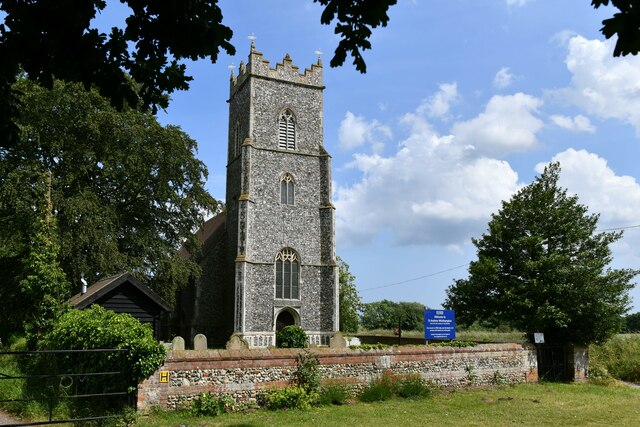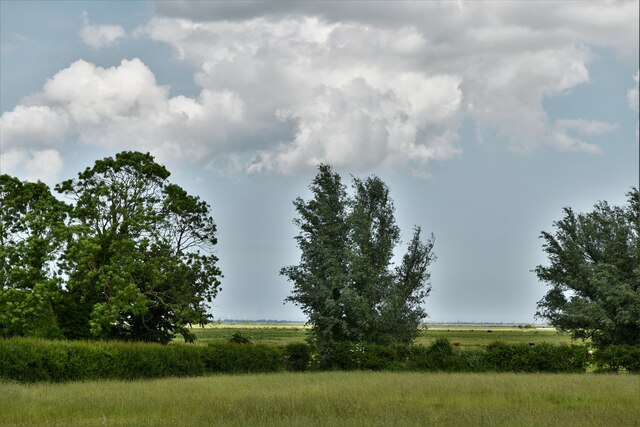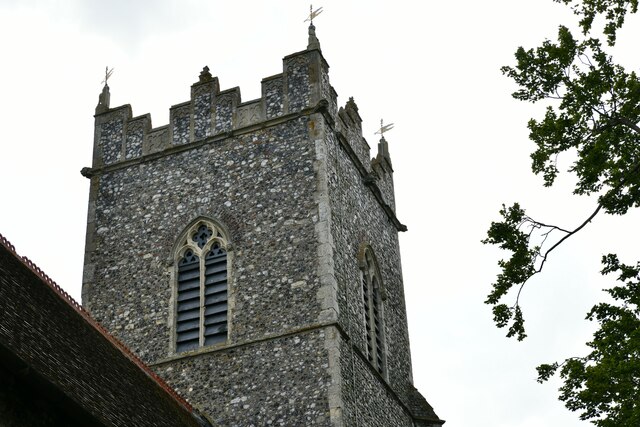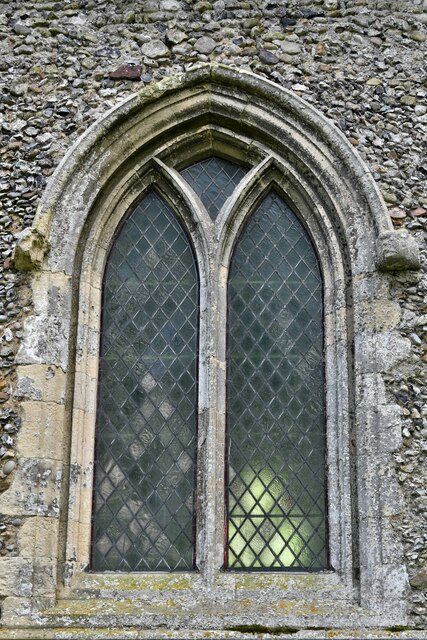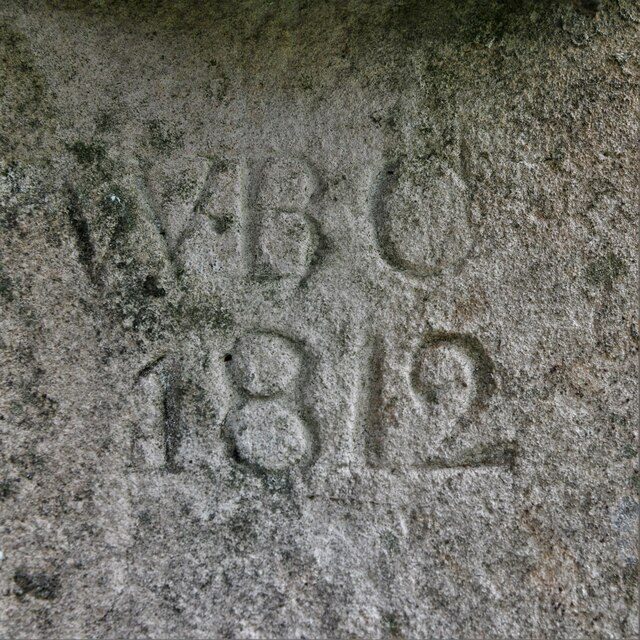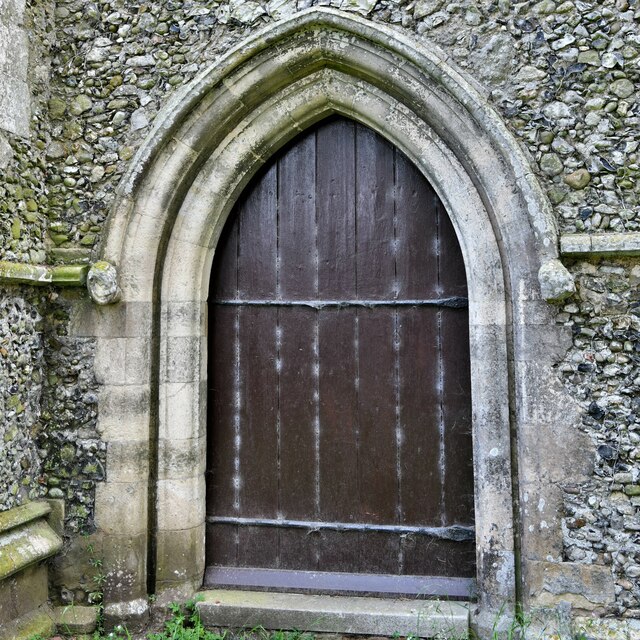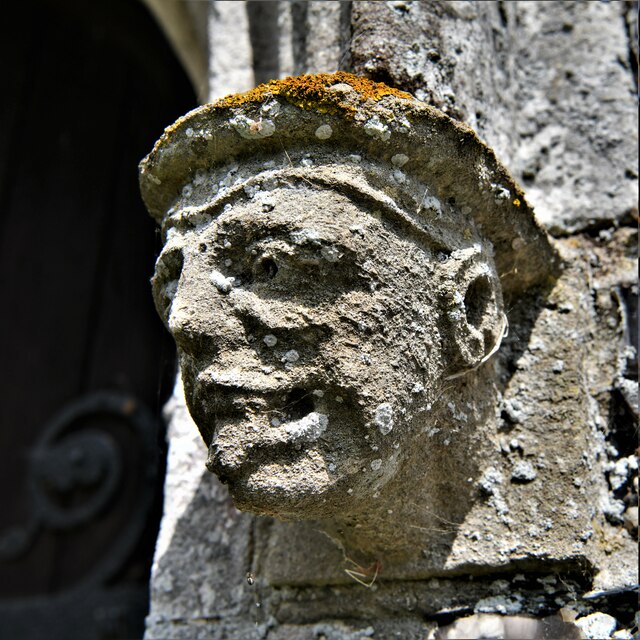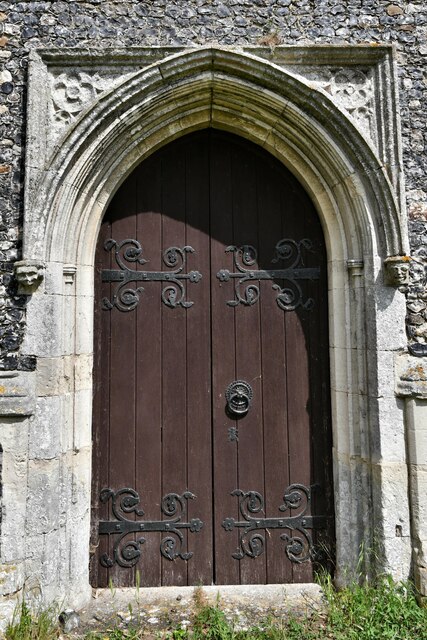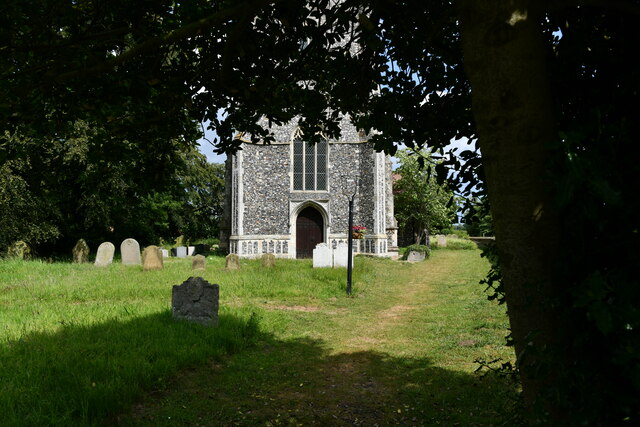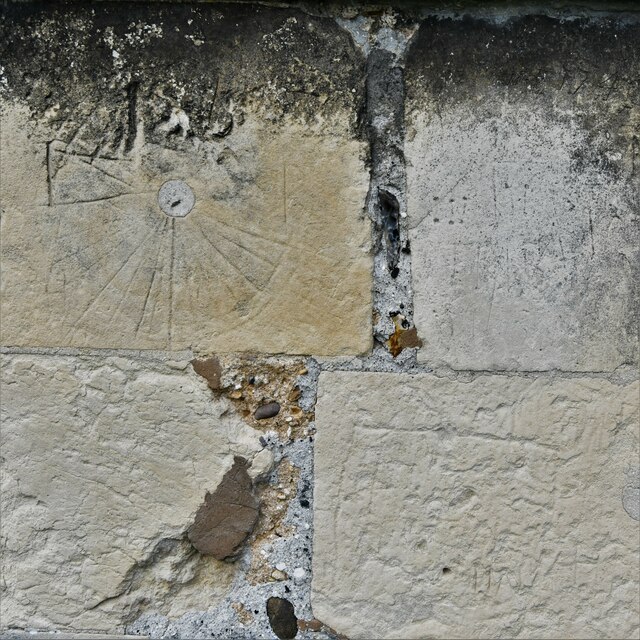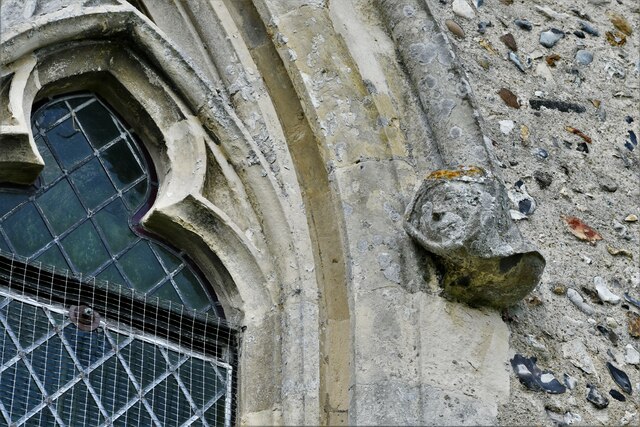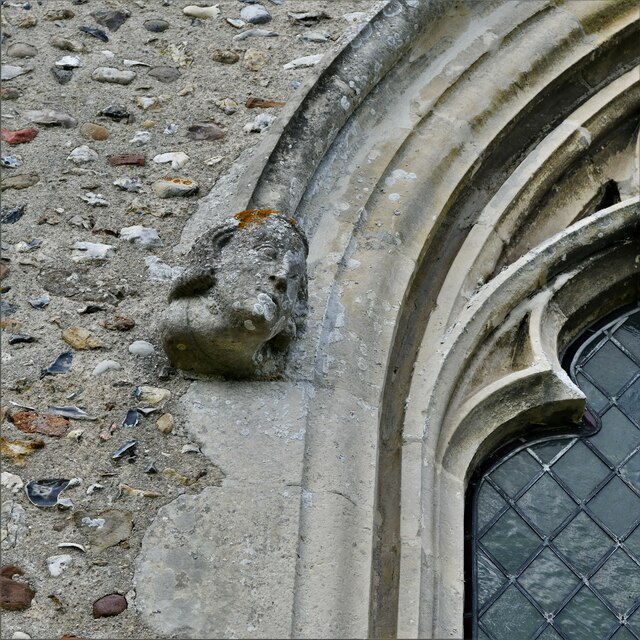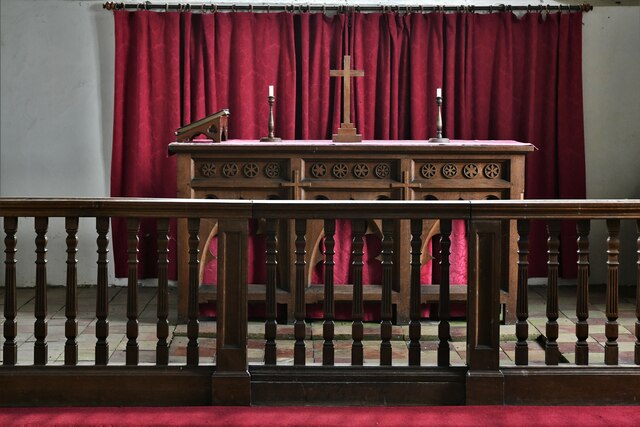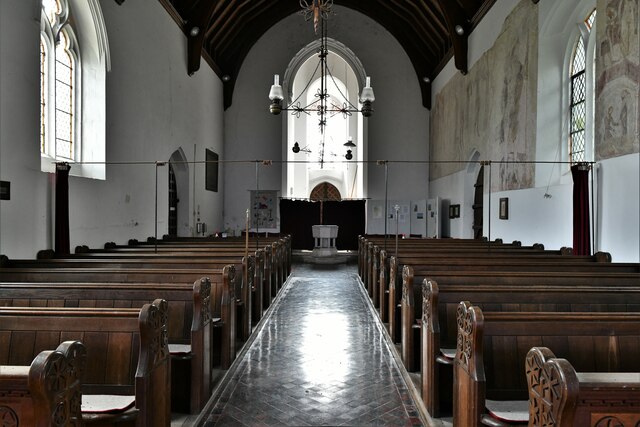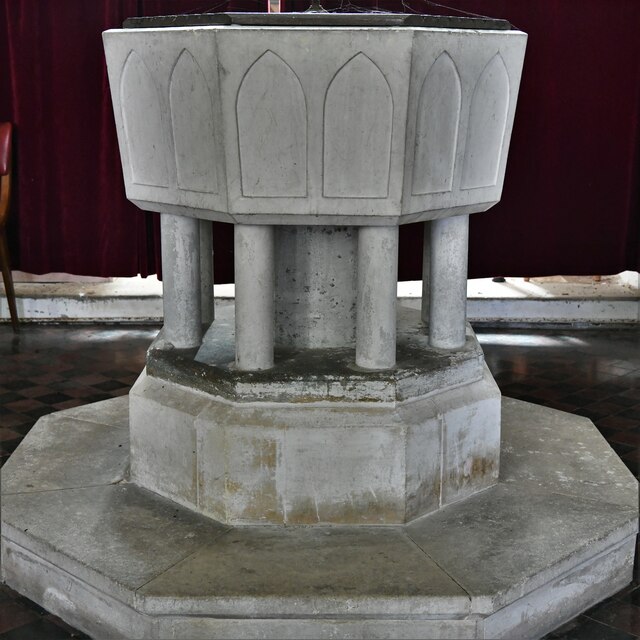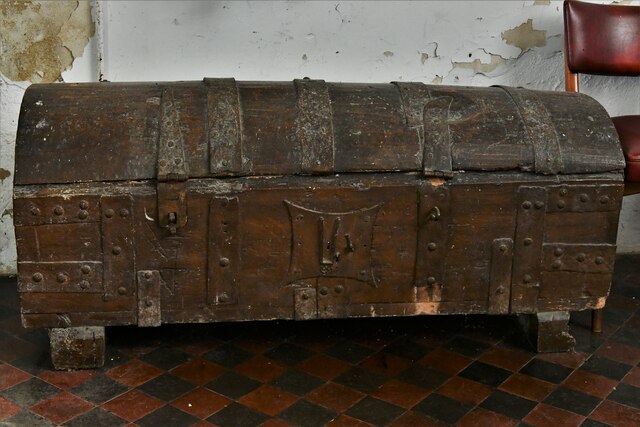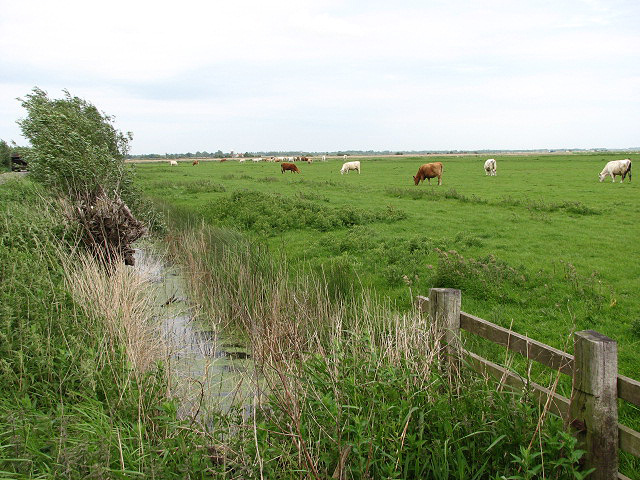Ashyard Carr
Wood, Forest in Norfolk Broadland
England
Ashyard Carr
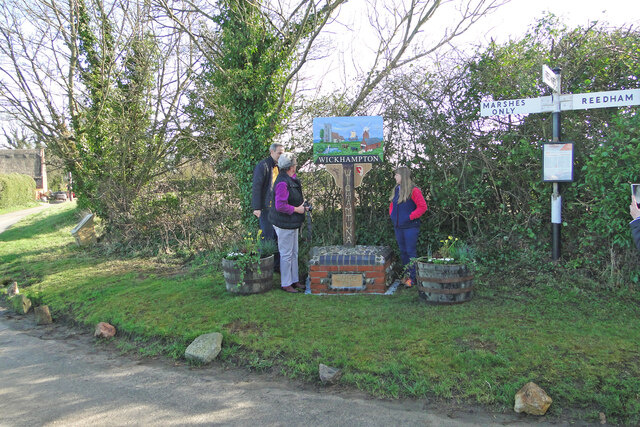
Ashyard Carr is a small woodland located in Norfolk, England. Situated in the heart of the Norfolk countryside, the woodland covers an area of approximately 30 acres. It is known for its diverse range of trees and vibrant flora, making it a popular destination for nature enthusiasts and hikers alike.
The woodland is predominantly composed of broadleaf trees, such as oak, beech, and birch, which create a dense canopy that provides shade and shelter to the forest floor. This creates a suitable habitat for a variety of wildlife, including birds, small mammals, and insects.
Ashyard Carr is crisscrossed by a network of footpaths, allowing visitors to explore its natural beauty. These paths wind through the woodland, leading to secluded clearings and tranquil spots, perfect for picnics or simply enjoying the peaceful surroundings.
The woodland is well-maintained, with clear signage and designated areas for parking. The management of Ashyard Carr aims to preserve its natural habitat, ensuring that the woodland remains a haven for wildlife and a place of beauty for generations to come.
In addition to its natural charm, Ashyard Carr also offers educational opportunities. Local schools and community groups often visit the woodland to learn about the different types of trees, plants, and animals that call it home.
Overall, Ashyard Carr is a picturesque woodland that showcases the beauty of Norfolk's natural landscape. With its diverse range of trees, vibrant flora, and abundance of wildlife, it provides a peaceful and enchanting escape for visitors seeking a connection with nature.
If you have any feedback on the listing, please let us know in the comments section below.
Ashyard Carr Images
Images are sourced within 2km of 52.575178/1.5832082 or Grid Reference TG4203. Thanks to Geograph Open Source API. All images are credited.

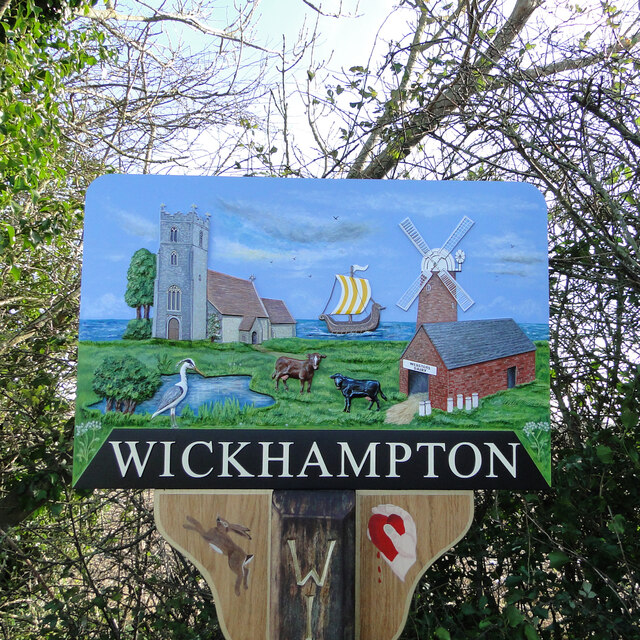
Ashyard Carr is located at Grid Ref: TG4203 (Lat: 52.575178, Lng: 1.5832082)
Administrative County: Norfolk
District: Broadland
Police Authority: Norfolk
What 3 Words
///mailbox.waltz.dizzy. Near Reedham, Norfolk
Nearby Locations
Related Wikis
Reedham, Norfolk
Reedham is a village and civil parish in the English county of Norfolk and within The Broads. It is on the north bank of the River Yare, some 12 miles...
Reedham railway station (Norfolk)
Reedham railway station is on the Wherry Lines in the East of England, serving the village of Reedham, Norfolk. It is 12 miles 13 chains (19.6 km) down...
Reedham Swing Bridge
Reedham Swing Bridge, on the site of a Victorian swing bridge, is still in use at Reedham, Norfolk, England.It carries the Wherry railway line, between...
Halvergate Marshes
The Halvergate Marshes are an area of grazing marsh in the east of the English county of Norfolk. They form part of the area of The Broads and lie between...
Have you been to Ashyard Carr?
Leave your review of Ashyard Carr below (or comments, questions and feedback).
